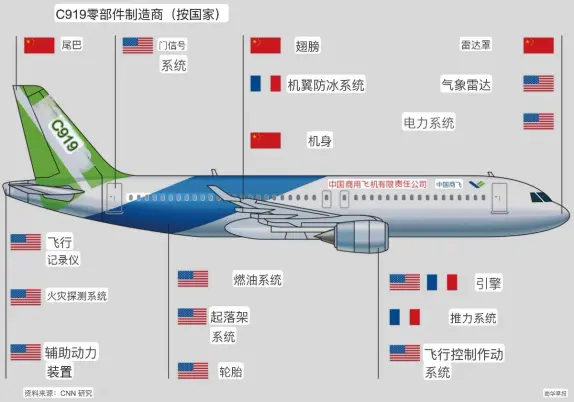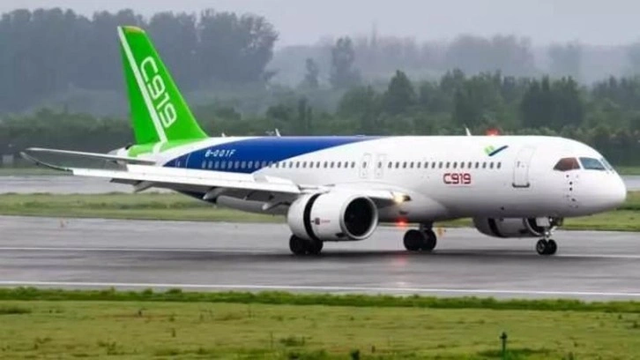"China’s state-owned aircraft maker had just announced the Western engine it had chosen for its new aircraft.
One month later, in January 2010, American cyber researchers started to see the “preparatory activity” of a Chinese hacking group focusing on an American turbine company that made a part needed for jet engines.
For years afterwards, a division of China’s intelligence apparatus could be seen trying to steal engine design information from Western companies. By 2017 and 2018, the US government had opened indictments – with convictions to follow – against figures in the US and China trying to steal Western aerospace information.
The subterfuge, now largely forgotten by the public, is an essential chapter in the origin story of the C919, which was developed to compete with two of the world’s most widely used passenger aircraft – the Boeing 737 and the Airbus A320neo. It was also the foundation of establishing the Commercial Aircraft Corporation of China (COMAC) as a serious player in the global commercial aviation market.
The C919 is now in regular production, and it’s taking its first steps in aiding China’s systematic efforts to both develop its aerospace industry and to produce a viable passenger aircraft.
But years after concerns were raised over Chinese intellectual property theft, few of the affected parties are keen to talk openly about the alleged cyber-espionage."
#China #Boeing #Airbus #COMAC #C919 #IPTheft #StateHacking #CyberSecurity

